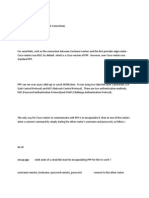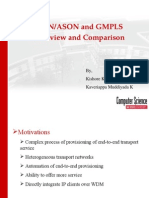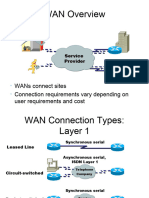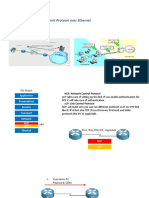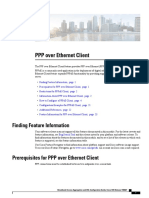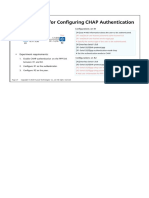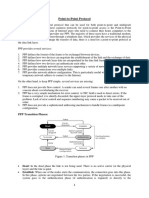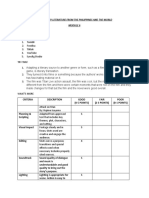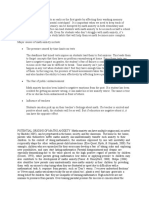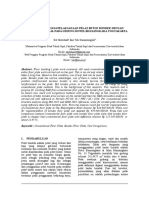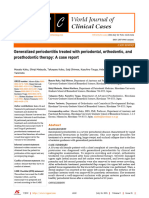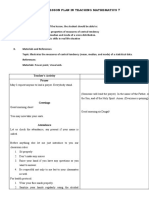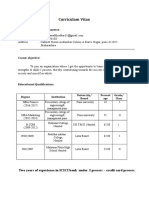0% found this document useful (0 votes)
246 views35 pagesPoint-to-Point Protocol Guide
The document provides an overview of Point to Point Protocol (PPP) which defines a method for robust data link connectivity between units using serial lines. PPP runs at the data link layer and provides symmetric, peer-to-peer connections using encapsulation, transmission, and link management services for upper layer protocols. PPP establishes connections through an exchange of configuration packets between peers and allows for authentication, error detection, compression, and encryption. PPP connections progress through various states including link establishment, authentication, network layer configuration, and link termination.
Uploaded by
api-3797737Copyright
© Attribution Non-Commercial (BY-NC)
We take content rights seriously. If you suspect this is your content, claim it here.
Available Formats
Download as PPT, PDF, TXT or read online on Scribd
0% found this document useful (0 votes)
246 views35 pagesPoint-to-Point Protocol Guide
The document provides an overview of Point to Point Protocol (PPP) which defines a method for robust data link connectivity between units using serial lines. PPP runs at the data link layer and provides symmetric, peer-to-peer connections using encapsulation, transmission, and link management services for upper layer protocols. PPP establishes connections through an exchange of configuration packets between peers and allows for authentication, error detection, compression, and encryption. PPP connections progress through various states including link establishment, authentication, network layer configuration, and link termination.
Uploaded by
api-3797737Copyright
© Attribution Non-Commercial (BY-NC)
We take content rights seriously. If you suspect this is your content, claim it here.
Available Formats
Download as PPT, PDF, TXT or read online on Scribd
/ 35











